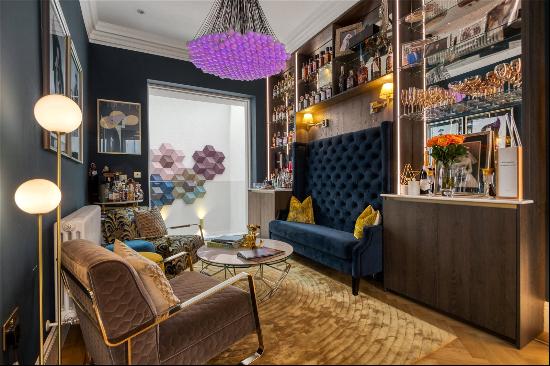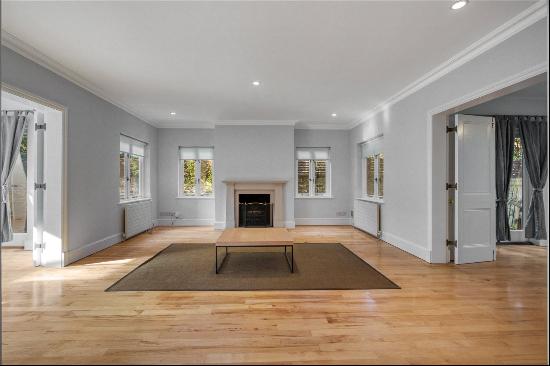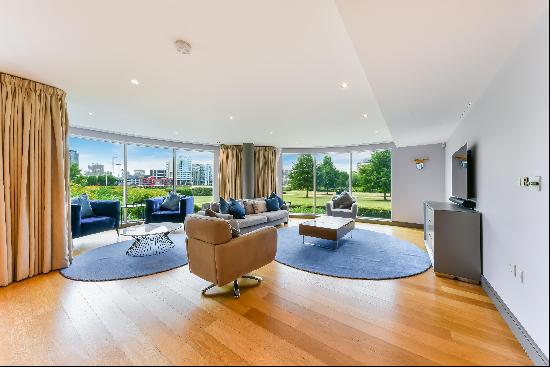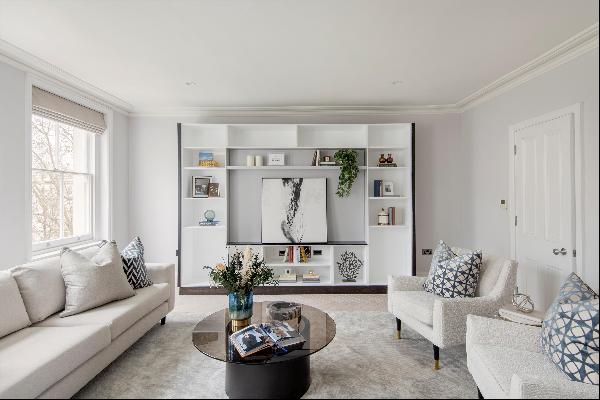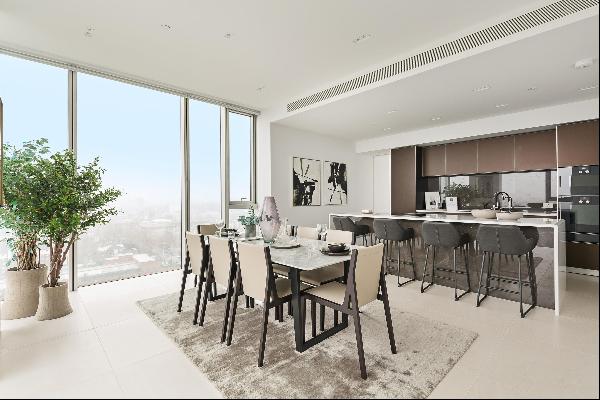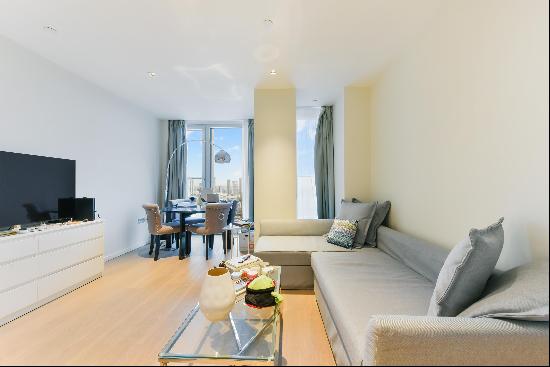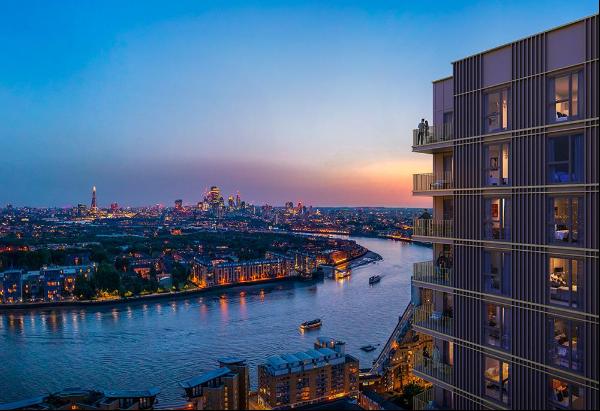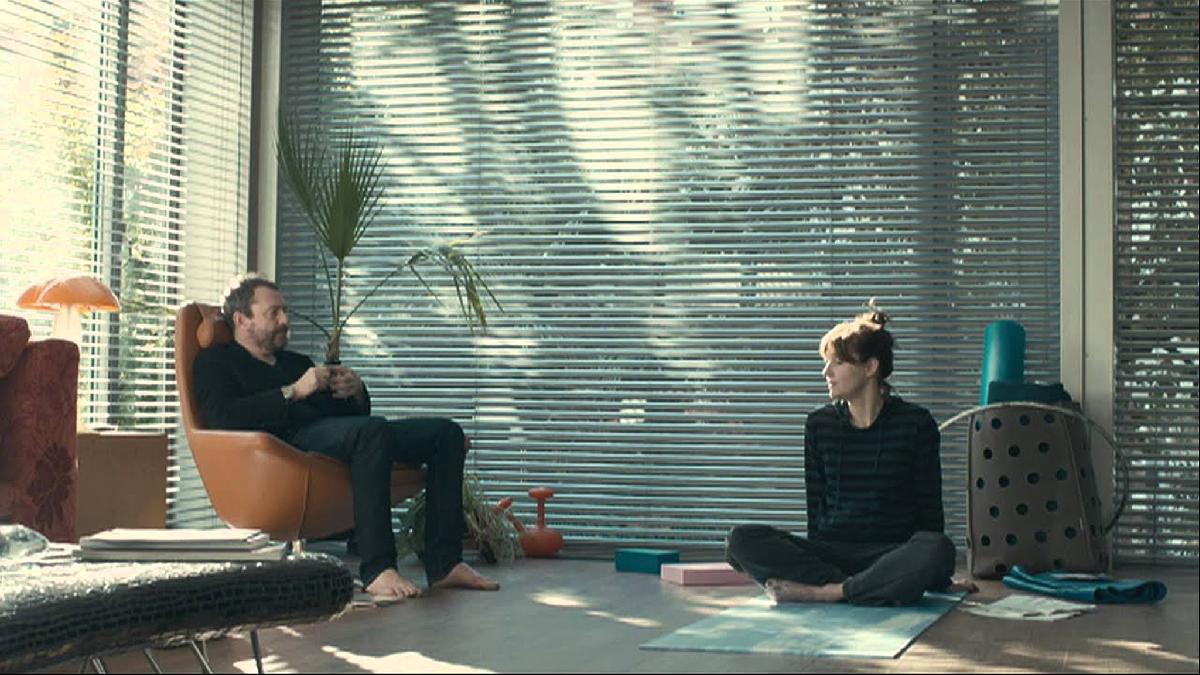
By Rebecca Watson
When I came across my fantasy home it was not obvious that I would be happy there. The late modernist home that dominates Joanna Hogg’s 2013 film Exhibition is engulfed by melancholy. The contemporary artist couple D (played by Viv Albertine) and H (Liam Gillick) are moving out of their home after nearly 20 years. A blankness sits between them. Creative frustration and loss of intimacy means they occupy the house like ghosts, inflicting a sombre claustrophobia on to the building itself.
If you watch the film you might wonder if I was self-destructive. Why would I want to live there? Buildings are transformed by their inhabitants. But amid the tension — pauses becoming silences, background sounds lurching louder than dialogue — the house shines. Glass panels and broad windows fill the cubic house with natural light.
Increasingly, as I watched Exhibition, I studied the house. The architect James Melvin designed 60 Hornton Street in west London in 1969 and proceeded to live there with his wife, Elsa, for the rest of his life. Usually, Melvin designed communal and peopled places — offices, universities — and that shows.

Space is transformative. The spiral staircase extends like a windpipe through the three-storey house. Built-in bookshelves line rooms. Many of the rooms on the top two floors — the second with bedrooms, the first with living room, kitchen, library — are separated by sliding and folding doors so that they can be closed off or opened up.
Colour accents and opens the space. A yellow-panelled wall lightens the living room; pocket red alcoves on either side of the couple’s bed catch the warmth of the bedside lamps. Trees and foliage reach to different levels, working with the windows so as never to obscure the view.
The space I have never fully had in London — to work, write, host friends, spread out, eat dinner without dismantling my desk — all that is possible in 60 Hornton Street. It has both calm and capacity. And more: the garden has a swimming pool and just inside, a sauna.

There are other properties in London that provoke similar possibilities. With walls of glass and ceilings higher than a giant beanstalk, this three-bedroom property in Hampstead, guide price £6.95m, reminds me of Hornton Street. The gloomiest day would feel bright. In downpours the house would sound with the kind of liquid drumming found on meditation apps; on sunny days the light would buff surfaces.
This five-bedroom property, also in Hampstead and with a guide price of £6.95m, has a similarly striking structure. Its rooms stretch further than I could throw, with balconies, terraces and patios to suit any whim.
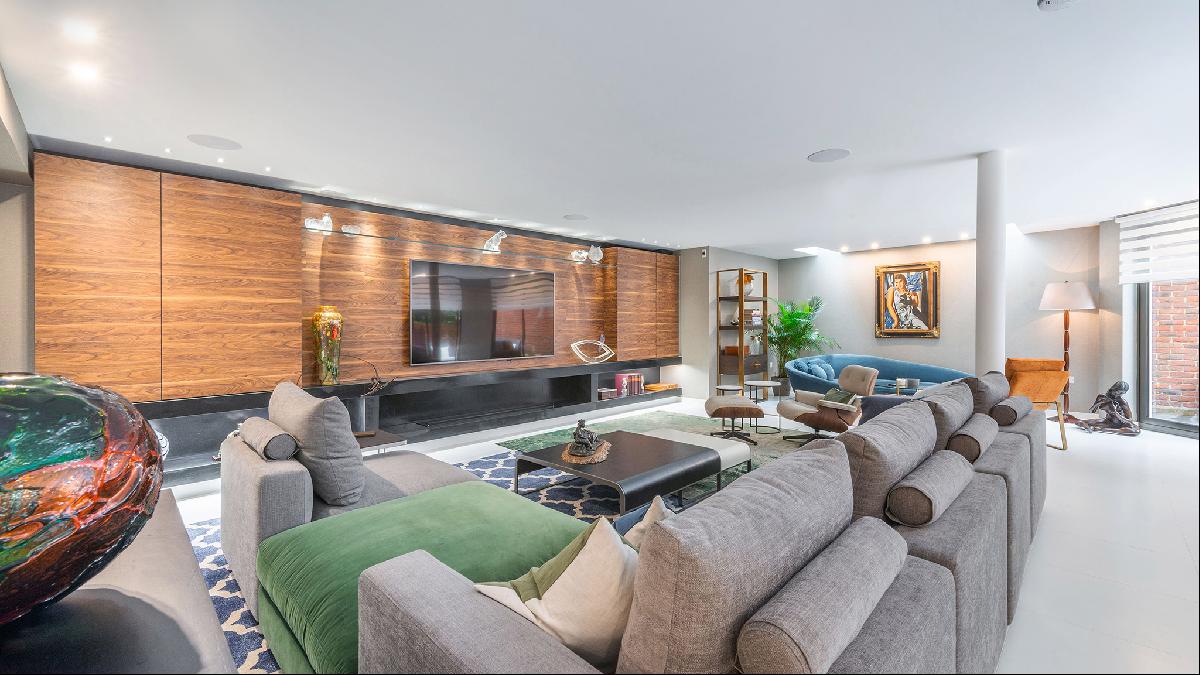
There can be a gallery feel to open-plan minimalism, but in his design for Hornton Street Melvin illustrated how it can feel like home. With the house on the market, D worries that it will be sold to developers. “I don’t want ever for it to be pulled down,” she tells the suited estate agents, who nod in fake sympathy. Last year, six years after Exhibition came out, 60 Hornton Street was demolished.
If you look on Google Maps Street View, 60 Hornton Street is clearly there as you approach from the north. When you click up close (the entrance is in Pitt Street), the solid structure turns to air. That is the thing with fantasy. Reality interrupts.
Photographs: Savills/Joas Souza; Savills











